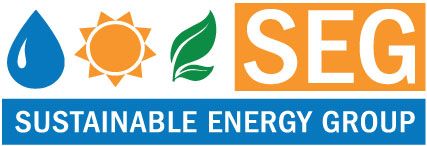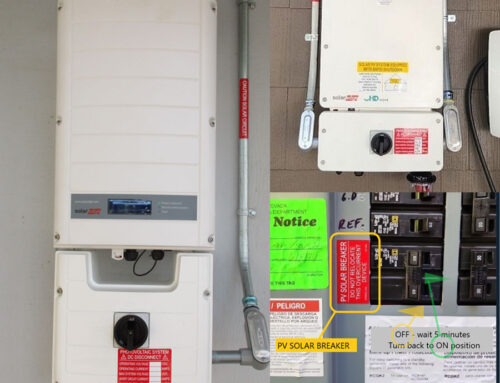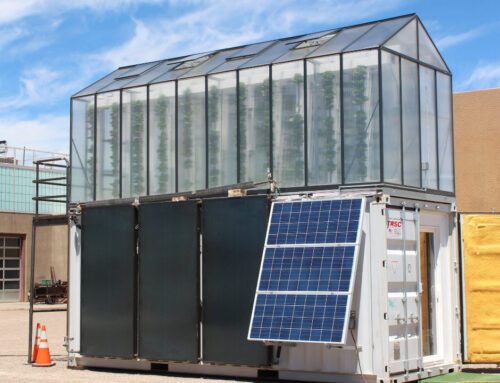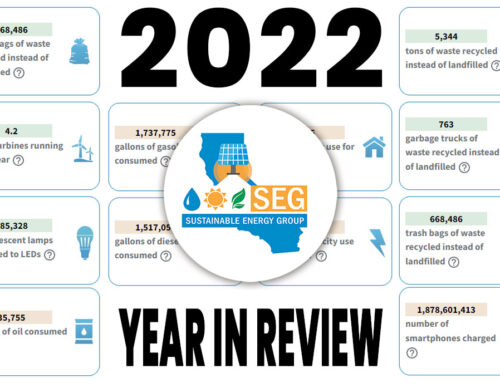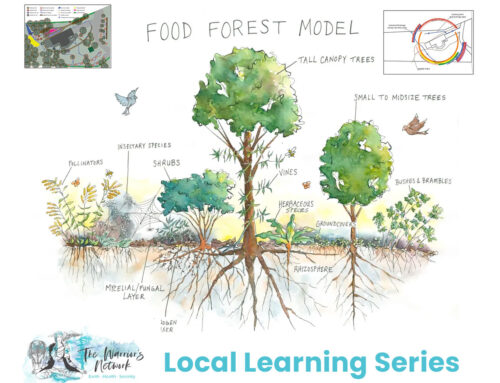Sustainable Energy and Ecology in the News
In our continuing series of Sustainability in the News we hand-select a few well-written gems, pull out some quotes and give some comments on each. Enjoy! -Harry
- Most of these articles are from Green Tech Media, a trusted news source at our Grass Valley office.
#1. Hydropanels!
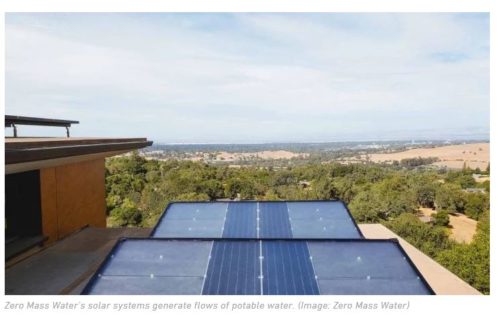


Off-grid solar technology that pulls water from the air is ramping up. In the article BlackRock Leads $50M Investment Into Off-Grid Solar Technology That Generates Water, we learn about a new take on this technology that can create 12 bottles of water a day for 15 years.
Although the article has a funding tone, a few gems of knowledge about Hydropanels are dropped in.
Explaining what is a Source Hydropanel:
The 340-pound Source Hydropanel contains a small photovoltaic array to power the system. The heart of the technology, though, is a set of nanomaterials designed to suck trace amounts of moisture out of the air — even in desert environments like the company’s home base of Tempe, Arizona. The panels use the heat of the sun’s rays to evaporate the water from the absorption materials. The system condenses the water, adds minerals to enhance the flavor and pipes it out for consumption.
A home installation of two Hydropanels in the U.S. costs between $5,500 and $6,500 for both equipment and installation labor, according to the company website. That system promises 12 bottles of “delicious water” per day for an operating life of 15 years, yielding a price of less than $0.15 per bottle.
Sure this technology might not be as necessary in our region as we have access to water, but in other regions, this is a groundbreaking, lifechanging concept.
#2.US Solar Plants Now Expected to Run for More Than 30 Years: Berkeley Lab
There are some really great quotes about utility scale large solar energy projects in this article.
Big solar plants are getting cheaper to run and expectations for their useful operational lives keep getting longer, according to a new survey of U.S. solar industry professionals. … By the end of 2019, a cumulative total of 76 gigawatts of solar had been installed in the United States …!
For these larger solar projects they will not leave the same solar panels in operation as long as we would at a home. But even in large scale circumstances…
The assumed useful life of projects now averages 32.5 years, up from 21.5 years in 2007, according to a canvass of solar project developers, sponsors, asset owners and consultants conducted by researchers at Lawrence Berkeley National Laboratory.
The cost for these plants has gone down significantly!
Berkeley Lab finds that the levelized cost of energy of U.S. utility-scale PV projects declined from an average of $305 per megawatt-hour for projects built in 2007-2009 to $51/MWh for projects built in 2019.
Check out more by reading the article here ->
#3. The 4 Things PG&E Must Do to Survive and Thrive Post-Bankruptcy
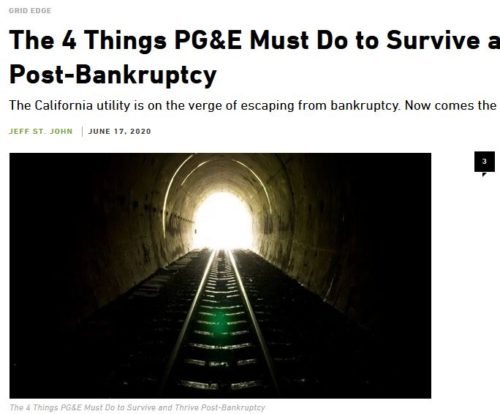


A pretty deep look into what is on the horizon with our energy and PG&E. Read the article here.
One blinding underlining idea is that purchasing energy from PG&E is not going to get cheaper. They are going to have to pick up the slack from years of neglect and do a lot of work to get ready for fires and avoiding PSPS’s (power shutoffs).
Making sure yourself, and all your friends and family get solar at their homes and businesses before the tax credits expire in 1.4 years is what we should all be thinking about after reading this article.
PG&E faces a long and difficult road ahead. … It’s struggling to find cost-effective ways to protect millions of customers from fire-prevention blackouts that may need to continue for years. … And all of this must happen without excessively raising customer rates if it’s to avoid political and customer backlash.
Many more long-term challenges await PG&E, such as adapting to large portions of its customer base being served by community-choice aggregators, or its natural gas network being rendered obsolete by the state’s mandated target of zero carbon by 2045. But first, PG&E must deliver on every utility’s core responsibilities, said Isaac Maze-Rothstein, grid edge analyst at Wood Mackenzie Power & Renewables — “the pillars of safe, affordable and reliable” service.
“They need to not cause any more fires,” Maze-Rothstein said, adding, “they need an alternative to almost all PSPS events” (which stands for “public-safety power shutoffs”) to avoid subjecting millions of residents to multiday blackouts in the name of fire prevention.
#4. Second Life uses for Lithium Batteries from Electric Vehicles are ramping up.
At some point when a car battery in an electric vehicle does not have enough juice to run efficiently it will need to be used somewhere else. Some say, incorrectly, that they will all go straight to the landfill. That is just not the case, especially when these batteries still hold value after they are used in these vehicles.
Check out the article Second Life: Carmakers and Storage Startups Get Serious About Reusing Batteries
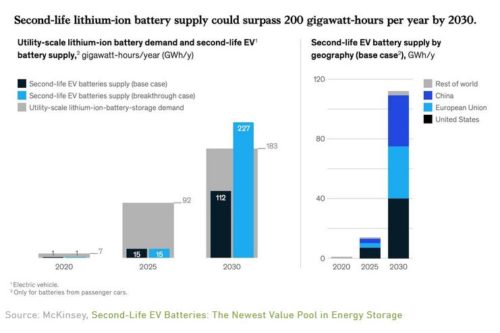


Podcasts from the Energy Gang:
#1. Have you heard of fugitive methane gas emissions at natural gas extraction sites? No?
Well it might be time to hear why Natural Gas is not that “natural.” Not to mention fracking and it’s tainted history of contaminating ground water and surrounding bodies of water. Earthquakes anyone? Here is another reason why solar is simply a cleaner alternative.
According to researchers, methane leakage across oil and gas operations in the U.S. are 60 percent higher than government estimates. Put another way, the methane leakage from oil and gas has the same warming effect over a 20-year time period as all America’s coal capacity in 2015.
Natural gas has been vital to lowering power-sector carbon emissions. Are methane leaks reversing that progress?
Check out the podcast on fugitive methane gas here ->


#2. A 90% Clean Grid Can Be Achieved Quickly. What’s Holding It Back?
They are estimating a possibility of a 90% clean grid in 15 years. Their must be more to that, right?
Most decarbonization proposals play out over 30 years, aiming toward 2050. But a new roadmap from researchers at UC Berkeley and the policy firm Energy Innovation shows the grid can get to a level of 90% clean in just 15 years’ time.
Dig in and listen what the energy gang thinks is possible here ->
